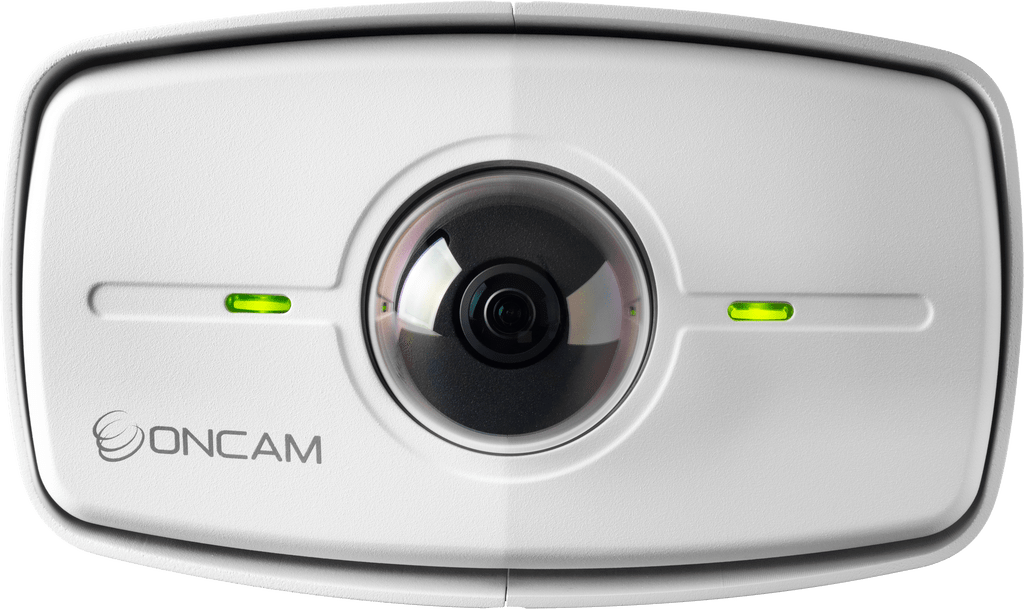Facial Recognition Software
Best Facial Recognition Software: Revolutionizing Security and Beyond
Facial recognition technology has become one of the strongest and most groundbreaking technologies used for security, authentication, and automation. The computer-based technology, powered by AI, allows computers to recognize or authenticate individuals through the mapping and analysis of facial features. In law enforcement, corporate security, smartphones, and smart homes, facial recognition technology is revolutionizing how we communicate with technology.
How Facial Recognition Software Works
Facial recognition software works through a sequence of sophisticated algorithms and artificial intelligence methods. The process usually includes the following steps:
Face Detection – The system initially identifies a human face from an image or video.
Feature Extraction – Important facial landmarks like the eyes, nose, mouth, and jawline are detected.
Face Mapping – The software translates facial features into a special mathematical representation called a faceprint.
Database Comparison – The faceprint is matched against a stored database of images for identification or verification.
Verification or Recognition – If the system identifies a match, it verifies or recognizes the person; otherwise, access is refused.
Applications of Facial Recognition Software
1. Security & Law Enforcement
Facial recognition is essential in security and law enforcement. Governments and agencies employ it to identify criminals, monitor suspects, and increase surveillance. Airports and border control also use facial recognition to expedite security checks and detect possible threats.
2. Access Control & Authentication
Facial recognition is employed in many companies to substitute conventional passwords or ID cards. Banks, offices, and secure facilities incorporate the technology into access control systems so that only approved staff gain access to restricted areas.
3. Mobile & Consumer Technology
Facial recognition is now an integrated standard feature in smartphones and smart devices. Apple's Face ID and counterparts enable users to unlock their phones, authenticate transactions, and access confidential information securely.
4. Retail & Customer Experience
Facial recognition is used by retail businesses to deliver personalized customer experiences. It is used in some shops to identify repeat customers and offer recommendations based on their likes, and others use it to maintain security and deter shoplifting.
5. Healthcare & Patient Identification
Facial recognition is applied in hospitals and clinics to authenticate patients, eliminating patient record errors, and providing accurate treatment. It assists in identifying genetic disorders from facial characteristics.
Conclusion
Facial recognition technology is transforming security, authentication, and customer experience for industries. Companies such as Mirasys are leading the charge with smart surveillance offerings that combine facial recognition for increased security and operational effectiveness. Although the technology has many benefits, ethical aspects need to be carefully examined so as not to deploy it unfairly or irresponsibly.
Frequently Asked Questions
1. Facial recognition software works by how?
Facial recognition software examines facial features, translates them into a faceprint,
and matches it with images in a database to identify or authenticate individuals.
2. Is facial recognition software secure and safe?
Yes, facial recognition software is safe and secure when it is used with robust encryption and data protection techniques. Yet, data privacy and abuse issues continue to be the major challenges.
3. Can facial recognition be integrated with current security systems?
Facial recognition is now an integrated standard feature in smartphones and smart devices. Apple's Face ID and counterparts enable users to unlock their phones, authenticate transactions, and access confidential information securely.
4. Retail & Customer Experience
Yes, sophisticated solutions such as Mirasys can be integrated smoothly with current
CCTV and access control systems to add security and surveillance features.
4. Does facial recognition software operate in low-light environments?
New facial recognition technology employs infrared and AI-based enhancements to enhance accuracy in low-light or difficult conditions.

